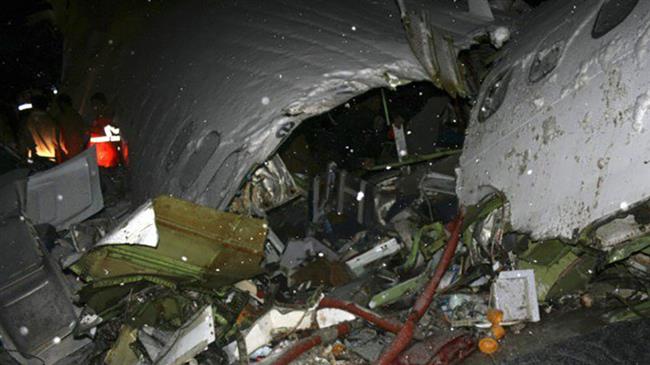Experts believe that US administration’s staunch opposition to the sale of new planes to Iran is the main factor to blame for dilapidation of Iranian air fleet, which has so far led to bloody incidents, taking a high toll on Iranian civilians.
The US opposition comes in stark contradiction to the text of the landmark nuclear agreement, officially known as the Joint Comprehensive Plan of Action (JCPOA), signed between Iran and the P5+1 group of countries in 2015.
Iran and the five permanent members of the United Nations Security Council – the US, France, Britain, Russia and China – plus Germany signed the nuclear agreement on July 14, 2015 and started implementing it on January 16, 2016. Under the JCPOA, Iran undertook to put limits on its nuclear program in exchange for the removal of nuclear-related sanctions imposed against Tehran, including its civil aviation industry.
US President Donald Trump has repeatedly described the JCPOA, which was negotiated under his predecessor, Barack Obama, as “the worst and most one-sided transaction Washington has ever entered into,” a characterization he often used during his presidential campaign, and threatened to tear it up.
The American head of state has repeatedly claimed that Iran’s missile program is in violation of Security Council Resolution 2231, which endorses the JCPOA. Trump has also complained that the JCPOA-related restrictions have an expiration date and that underscores the need to toughen the “embarrassing” deal.
In September 2016, the United States Treasury Department removed a final hurdle for Western aircraft manufacturers to sell planes to Iran as it granted the aviation giants Airbus and Boeing licenses to deliver planes to Tehran.
In January 2017, Iran received the first plane purchased from the European giant aircraft maker, Airbus, following the implementation of the JCPOA.
Iran takes delivery of the first Airbus plane following a deal that lifts nuclear-related sanctions on the country.
The 189-seat A321 plane, painted in Iran Air’s livery, was the first of 100 planes purchased under a December deal worth $18 billion.
Iran received its second passenger plane from Airbus in March 2017 under the deal agreed with the French aircraft manufacturer.
In June 2016, Boeing signed a memorandum of agreement with Iran Air to sell a total of 80 aircraft and lease a further 29 to the company in a potential deal worth about $25 billion.

